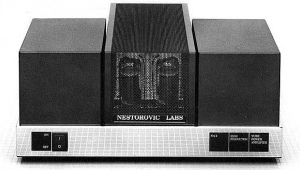| Columns Retired Columns & Blogs |
I chose this review to republish on the website because this was the very first example of that extraordinary beast, the output-transformer-less tube amplifier, that I encountered!
John Atkinson
Technical Editor, Stereophile







































